Fender skirts were a distinctive feature on many cars from the mid-20th century, now largely absent from modern vehicles. These panels covering the rear wheels were more than just an aesthetic choice; they offered several practical benefits. Understanding why automakers included fender skirts in their designs provides insight into their impact on automotive history.
The Evolution of Automotive Design

Early Adoption and Popularity
The concept of fender skirts dates back to the 1930s, finding its way into the designs of major automakers like General Motors and Ford. Initially, these panels were a novel feature that caught the interest of both manufacturers and consumers. By the 1950s, fender skirts had become synonymous with the sleek and sophisticated look of vehicles, particularly in American car culture. Their integration into models like the Cadillac Series 62 and the Ford Fairlane marked the height of their popularity.
During this era, fender skirts were more than just add-ons; they became an integral part of the car’s design language. Automakers used them to enhance the vehicle’s visual appeal, emphasizing smooth lines and creating a streamlined appearance that was highly sought after by consumers.
Aesthetic Appeal
Fender skirts contributed to a vehicle’s streamlined and elegant look, a trend that was heavily influenced by the art deco movement. The seamless lines they created were a significant draw for car buyers who appreciated the futuristic and elegant designs of the time. This aesthetic appeal was not limited to luxury cars but became a defining characteristic of mid-century automobiles.
In the classic car culture, fender skirts became emblematic of the era’s design ethos. They helped establish a design language that married function with form, giving cars a distinctive and timeless look. Iconic models such as the Chevrolet Bel Air prominently featured fender skirts, reinforcing their status as a staple in automotive design.
Aerodynamics and Fuel Efficiency

Drag Reduction
Beyond their aesthetic contributions, fender skirts played a role in improving a vehicle’s aerodynamics. By covering the rear wheels, they helped reduce aerodynamic drag, allowing cars to move more efficiently through the air. This reduction in drag translated into better fuel efficiency, a practical benefit during times when fuel economy was becoming increasingly important.
While comprehensive studies specifically isolating the effects of fender skirts are limited, anecdotal evidence from the era suggests that they contributed to modest improvements in fuel consumption. Their design helped streamline airflow and reduce turbulence around the rear wheels, a principle that continues to inform modern automotive design.
Technological Innovations
As car design and material technology advanced, the role of fender skirts began to shift. Initially, these components were made from heavy metals, but the development of lighter and more durable materials allowed for more innovative uses. However, as automotive engineering progressed, other methods of improving aerodynamics became more effective and cost-efficient, reducing the necessity of fender skirts.
Eventually, fender skirts transitioned from a functional feature to a stylistic choice. As more efficient aerodynamic designs emerged, their practical benefits were overshadowed by more sophisticated engineering solutions. This shift marked the beginning of the end for fender skirts as a standard automotive feature.
Cultural and Social Influences

Status Symbol and Luxury
During their heyday, fender skirts were often associated with luxury and high-status vehicles. Their presence on models like the Lincoln Continental and the Chrysler Imperial signaled a level of sophistication and exclusivity. These cars catered to affluent customers who valued both performance and style, using fender skirts to differentiate themselves from more utilitarian vehicles.
The association of fender skirts with luxury persisted, and they became a symbol of automotive elegance. This perception made them a desirable feature for car buyers seeking to project an image of wealth and refinement.
Customization and Car Culture
Fender skirts also found a place in the customization and hot-rodding communities. Enthusiasts often used them to personalize their vehicles, achieving a unique look that set their cars apart from standard models. The kustom culture embraced fender skirts as a way to enhance the visual impact of modified cars.
In these communities, fender skirts were not just a nod to style but a statement of individuality. They became a popular modification for those looking to create a distinctive, personalized vehicle, contributing to their continued relevance in certain segments of car culture.
Decline and Legacy

Changing Trends in Design
By the late 20th century, the prevalence of fender skirts began to decline. Changes in consumer preferences, coupled with the rising costs of manufacturing, led to their gradual disappearance from mainstream car designs. The automotive industry was shifting towards more practical designs that emphasized functionality over form, making fender skirts less relevant.
As car buyers increasingly favored vehicles with more accessible and versatile designs, the demand for fender skirts waned. This change, combined with the industry’s focus on cost-effective production methods, led to their decline as a standard feature.
Modern Takes and Retro Revival
Despite their decline, some modern automakers have attempted to revive or pay homage to fender skirts in their designs. Concept cars and limited editions occasionally feature fender skirts as a nod to the past, sparking interest among enthusiasts and collectors. For example, the 2003 Cadillac Sixteen concept car featured a modern interpretation of fender skirts, blending classic elements with contemporary design.
These efforts highlight the enduring appeal of fender skirts and their impact on automotive design. While they may no longer be a common sight on the road, their legacy continues through these modern reinterpretations.
Impact on Automotive History

Influence on Future Designs
The concept and functionality of fender skirts have left a lasting mark on automotive design. Their influence can be seen in the development of other aerodynamic enhancements, such as wheel covers and side skirts, which continue to play a role in improving a vehicle’s performance and efficiency.
Fender skirts demonstrated the importance of aerodynamics in automotive design, paving the way for future innovations. Their role in shaping the aesthetic and functional aspects of cars remains an important chapter in the history of the automobile.
Preservation and Restoration
Classic car enthusiasts are dedicated to preserving and restoring vehicles with original fender skirts, recognizing their significance in automotive history. These efforts are evident at car shows and vintage automotive events, where fender skirts are celebrated as an iconic design feature of the past.
The preservation of fender skirts in restored vehicles ensures that their legacy endures, allowing future generations to appreciate their role in shaping the cars of yesteryear. Enthusiasts and collectors continue to value fender skirts as a testament to the ingenuity and creativity of mid-20th-century automotive design.
Like Fast Lane Only’s content? Be sure to follow us.
Here’s more from us:
*Created with AI assistance and editor review.

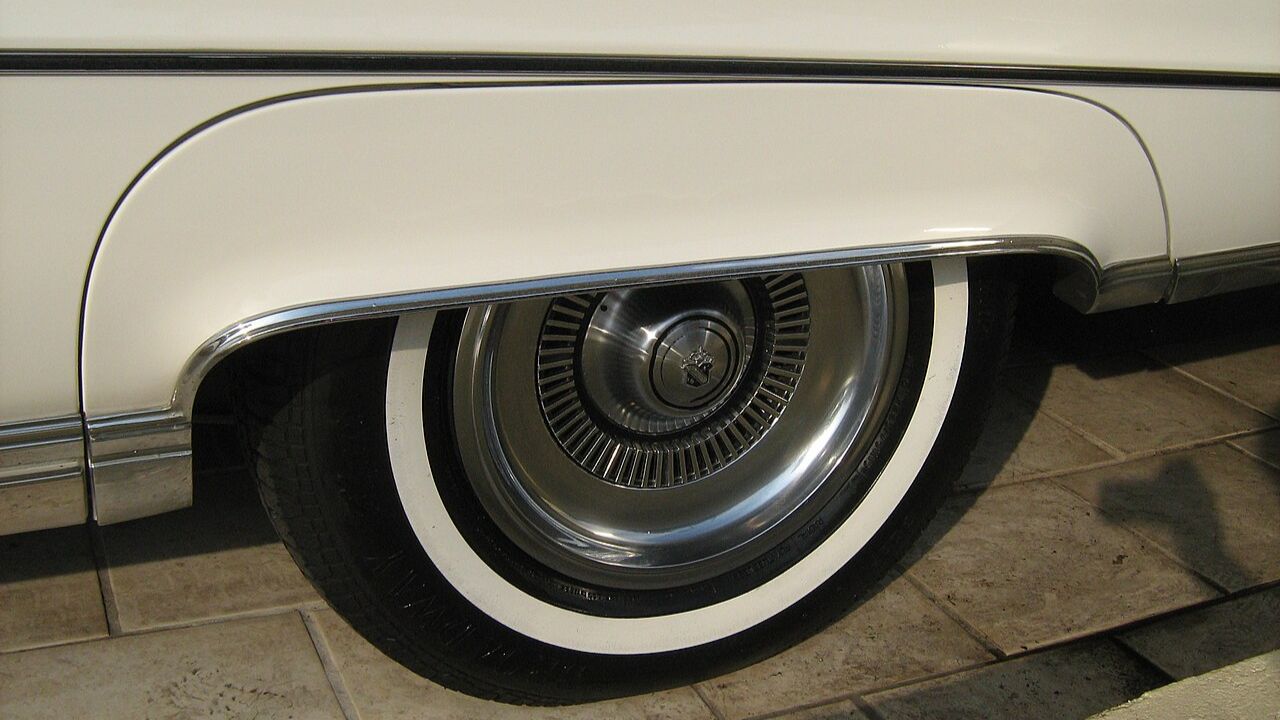
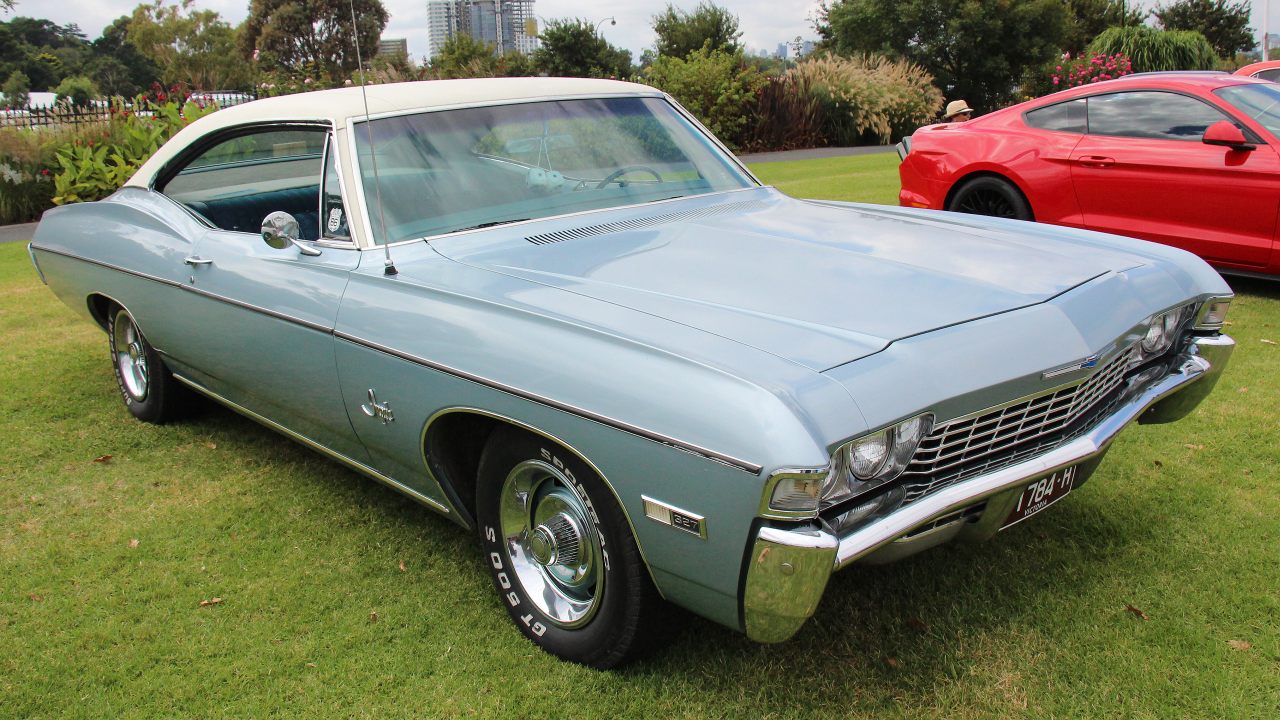
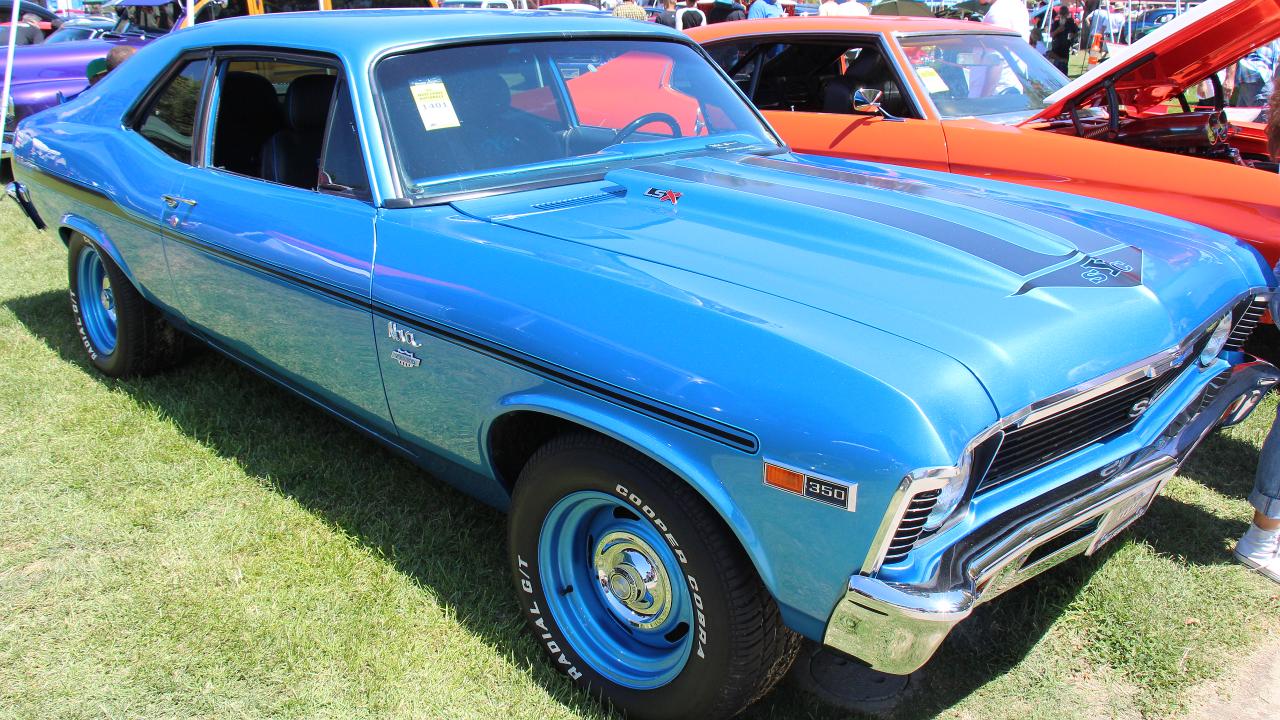
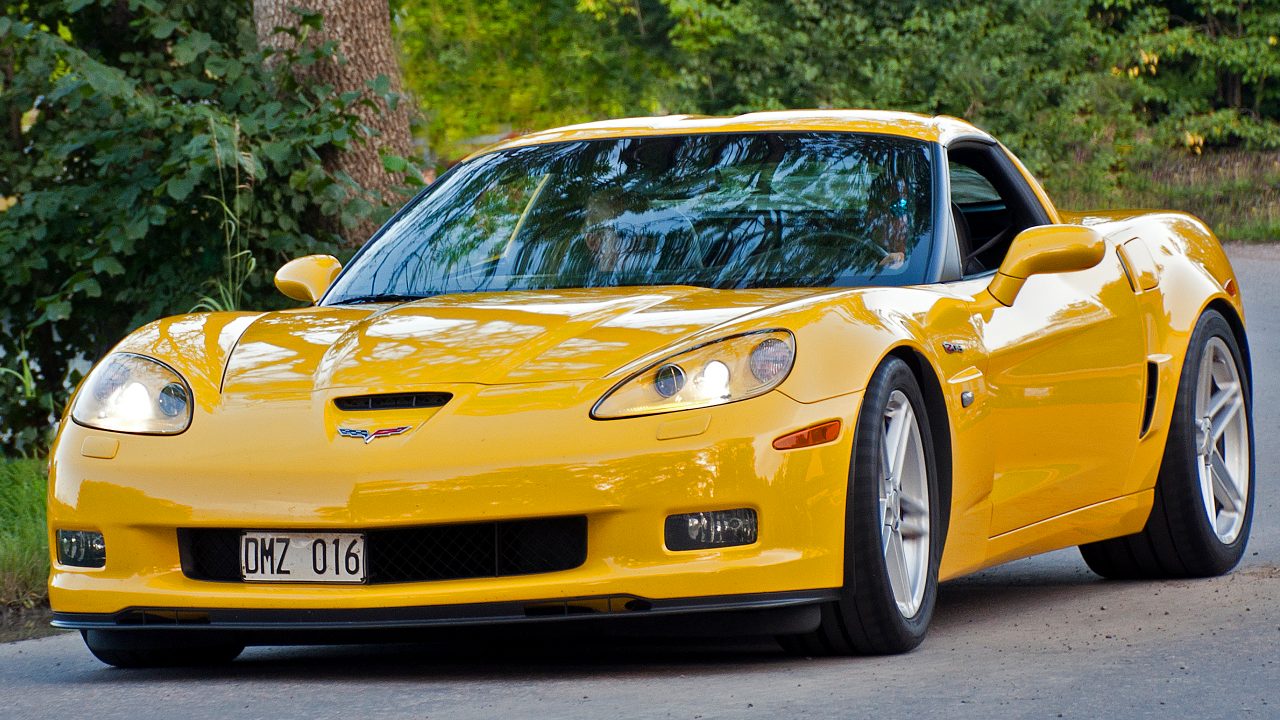

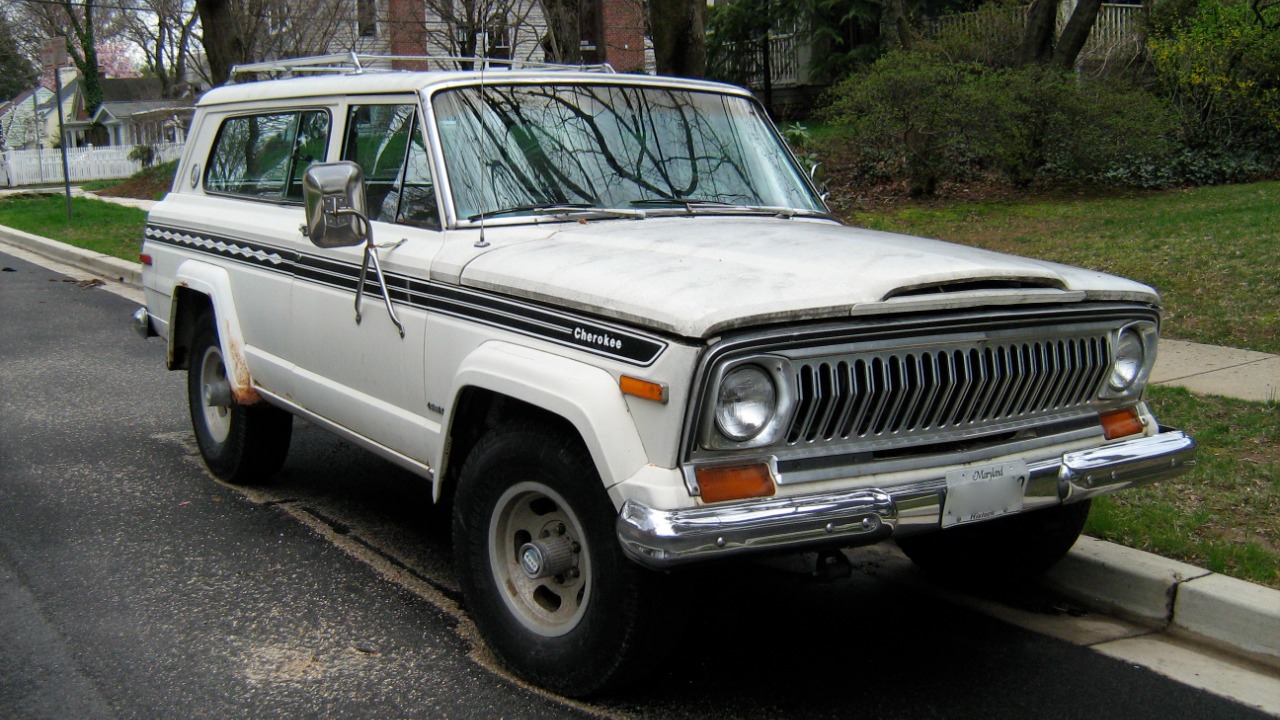
Leave a Reply